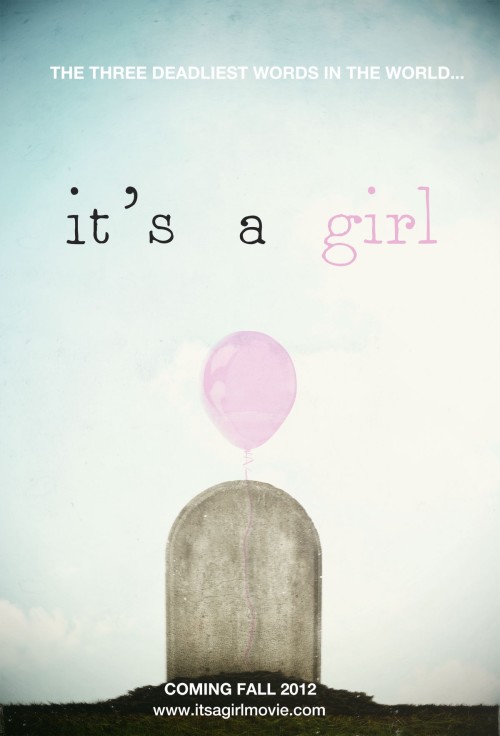Written by Max Thornton.
It’s easy to be seduced by the rhetoric of choice. We all want to believe we’re free agents, exercising our will with maximum autonomy. Who wants to be the product of social forces and discursive systems that circumscribe the very possibilities of your existence before you’re even born?
The reality is, though, as much as we’d like to think otherwise, every choice a person makes is radically delineated by a vast web of socioeconomic, political, cultural, and material influences. Systemic change, then, isn’t simply a matter of individuals making different choices; nuanced, contextually-sensitive analysis of the many forces at play is crucial.
Reproductive justice isn’t as simple as choice and can’t be reduced to being “pro-choice.” The framework of reproductive justice was conceptualized by Black women to be a much broader, more sophisticated analysis of the various factors beyond individual choice, encompassing race, socioeconomic status, disability, and other intersections of oppression and marginalization. A very clear illustration of the necessity for replacing the choice framework with the reproductive justice framework lies in the issue of sex-selective abortions.
Evan Grae Davis’ 2012 documentary, It’s A Girl, attempts to analyze some of the factors at work in the issue of sex-selective abortions in India and China. The film’s great strength is its clear divide of focus, to examine in turn the different contexts of India and China, showing how the same issue in both countries has a quite distinct matrix of causes.

In India, a heteropatriarchal tradition has united with rampant capitalism to produce a context in which sons are financially valuable while daughters are an economic drain. The payment of dowries is technically illegal, but that hasn’t put an end to the cultural practice of the bride’s family paying the groom’s, sometimes quite extravagantly. Consequently there is immense social, cultural, and economic pressure on women to provide sons.
The limitations of the choice framework are abundantly clear when the film shows a rural Indian woman talking openly and unrepentantly about killing her own female newborns: it’s a choice she made, sure, but this choice was circumscribed by so many discursive and material circumstances, the combination of poverty and patriarchy that keeps women wholly dependent on their husbands, the entrenched devaluing of female life, the failure of law and government authorities to enforce the laws that exist… I can’t help comparing the many women in the US who abort fetuses because they would be born with disabilities. Again, this is a choice they make, and it is (or should be) absolutely the pregnant person’s decision whether or not to continue being pregnant; however, it is a choice enacted in a cultural milieu that considers disabled lives not worth living, an economic milieu that treats disabled lives as a burden, a political milieu in which healthcare is so precarious that many families lack the resources to care for children with disabilities.

Similarly, in India there are very many factors at play, and the film might have benefited from engaging a critique of a few more of them, such as the compulsory heterosexuality and cissexism of treating every infant as though its birth-assigned sex will dictate its entire life course, and the unchecked capitalism that exacerbates the issue.
In China, the situation is quite different. The end result – sons are valuable, daughters are a drain – is the same, but the equation that leads to this result is not heteropatriarchal tradition plus capitalism, but heteropatriarchal tradition plus government control of reproduction. The one-child policy has been in place since 1979, with an exception for rural families whose first child is female – they can try again for a boy. Women who are found to be pregnant illegally face forced abortion and forced sterilization. (Again, I found myself irresistibly drawing comparisons closer to home, this time to the anti-abortion lobby in the US and its campaign to recriminalize abortion, perhaps willfully ignorant of the fact that forced birth is just as dystopian a violation as forced abortion.)
It’s A Girl is particularly strong in its analysis of China’s situation, both its roots and its ramifications. For example, the “gendercide” against female infants has resulted in a generation whose males vastly outnumber its women, and this has led to a spike in sex trafficking and the kidnapping of child brides. Concurrently, there is a young sub-society of undocumented children, who were born illegally and have no official existence and thus no access to healthcare, schooling, passports, and other benefits of citizenship.

A perfect film would perhaps have committed to a fuller analysis. At 64 minutes, this documentary runs a little short, and could easily have found time for a discussion of, say, the impact of globalization – which might have mitigated the occasional moment of awful hypocrisy and paternalism, such as the one interviewee who outright indicts these countries by comparison with (I paraphrase slightly) “countries where women are fully equal.” (Tell us more, Sam Harris.) Nonetheless, overall It’s A Girl is a solid popular introduction to a fraught topic, and not a bad entrypoint into thinking through reproductive justice issues with nuance and complexity.
Max Thornton blogs at Gay Christian Geek, tumbles as trans substantial, and tweets at @RainicornMax. The event where he saw this film was kind of weird, but he made a cool new friend. Hi, Lillian!
